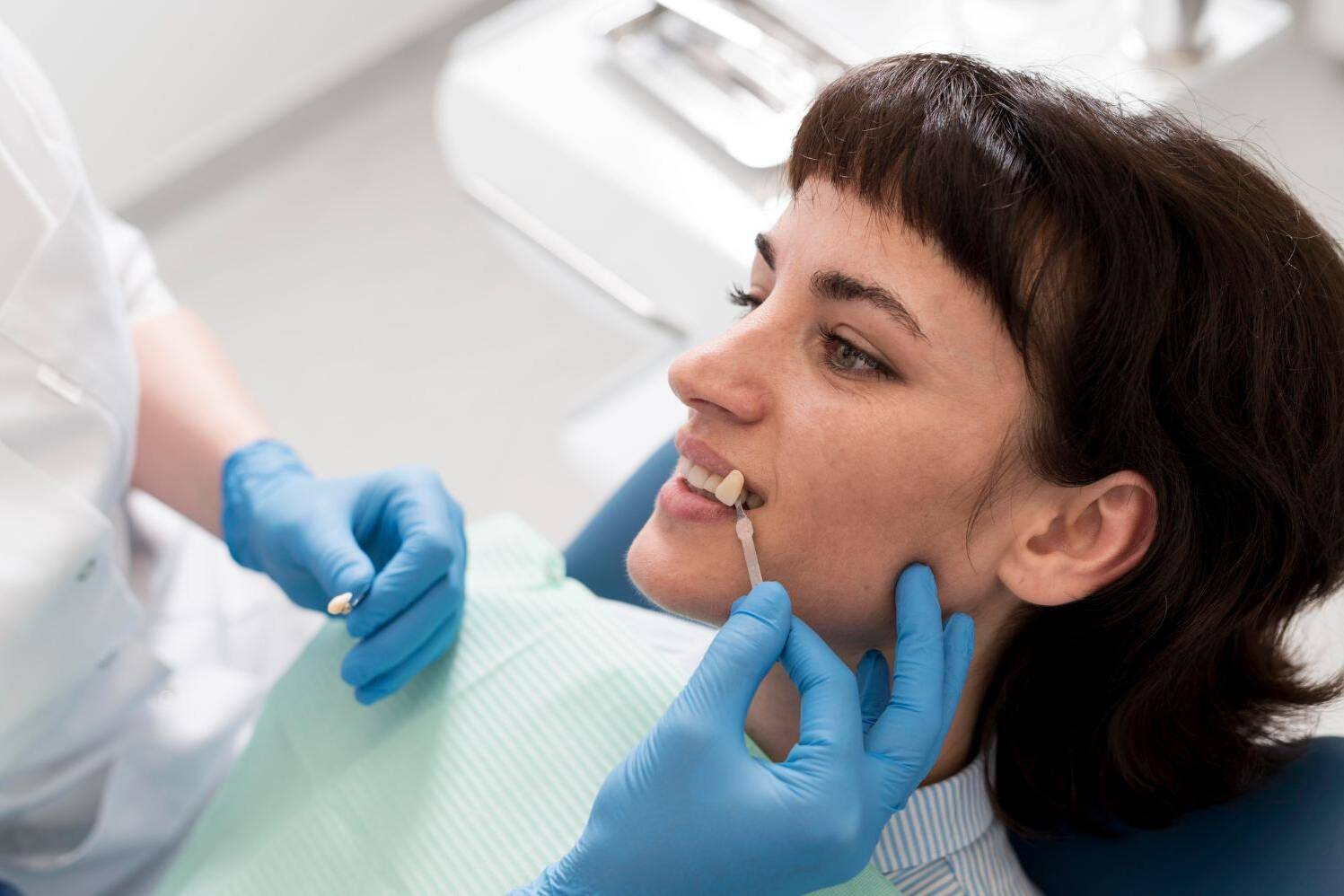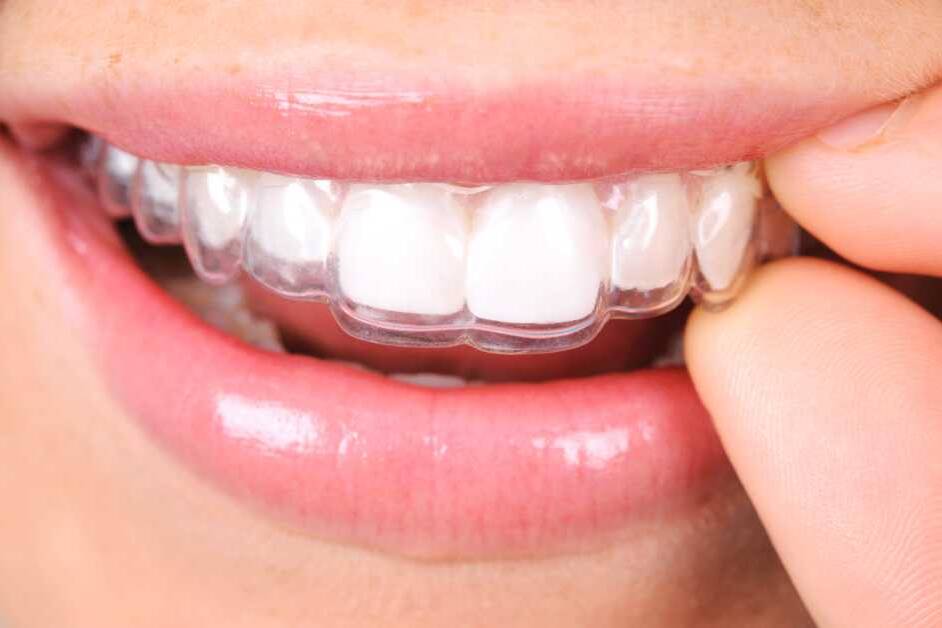A broken tooth can be a painful and stressful experience. Whether it’s due to an accident, biting into something hard, or another cause, knowing how to handle the situation promptly and effectively can make a big difference. Here’s a step-by-step guide on what to do when you have a broken tooth at home.
1. Assess the Damage
The first step is to assess the extent of the damage. Is it a minor chip, a crack, or a major break? Check if the tooth is loose or if there is a significant part of it missing. Understanding the severity will help you determine the urgency of the situation.
2. Rinse Your Mouth
Gently rinse your mouth with warm water to clean the area. This helps remove any debris and reduce the risk of infection. Be gentle to avoid aggravating the injury.
3. Control Any Bleeding
If your broken tooth is causing bleeding, apply a piece of gauze to the area and press gently. Keep the gauze in place for about 10 minutes or until the bleeding stops. If the bleeding is heavy or doesn’t stop, seek emergency dental care immediately.
4. Manage Pain and Swelling
Use an over-the-counter pain reliever, such as ibuprofen or acetaminophen, to help manage pain. Applying a cold compress to the outside of your mouth or cheek near the broken tooth can also reduce swelling and numb the area, providing relief.

5. Protect the Tooth
If the broken tooth has sharp edges, you can cover it with dental wax or sugarless gum to prevent it from cutting your tongue or the inside of your mouth. If a large piece of the tooth has come off, try to find and save it, as your dentist may be able to reattach it.
6. Avoid Certain Foods and Drinks
Stay away from very hot or cold foods and beverages, as the broken tooth may be more sensitive to temperature. Avoid hard, chewy, or sticky foods that could cause further damage or discomfort.
7. Keep the Area Clean
Maintain good oral hygiene by gently brushing your teeth and rinsing with a mouthwash. Be careful around the broken tooth to avoid causing more pain or damage.
8. Contact Your Dentist
Even if the break seems minor, it’s essential to contact your dentist as soon as possible. Describe the situation in detail, including any pain or sensitivity you’re experiencing. Your dentist will provide advice on whether you need to come in for an immediate appointment or if it can wait a few days.
9. Follow Professional Advice
Once you’ve spoken with your dentist, follow their recommendations. They may instruct you on how to care for the tooth at home until you can get to the office. In some cases, a broken tooth can lead to complications if not treated promptly, so don’t delay professional care.
10. Prepare for Your Dental Visit
Before your appointment, make a note of any symptoms you’re experiencing, such as pain, sensitivity, or swelling. If you found the broken piece of your tooth, bring it with you to the dentist. This information will help your dentist determine the best course of action.
Preventing Future Breaks
While some accidents are unavoidable, there are steps you can take to reduce the risk of breaking a tooth in the future:
Avoid chewing on hard objects: Don’t chew on ice, hard candy, or pens.
Wear a mouthguard: If you play sports or grind your teeth at night, consider using a mouthguard.
Maintain good oral hygiene: Strong, healthy teeth are less likely to break.
Visit your dentist regularly: Regular check-ups can help identify and address potential issues before they become serious.
Conclusion
Dealing with a broken tooth at home can be challenging, but by taking the right steps, you can minimize pain and prevent further damage. Remember, the key is to stay calm, manage the immediate situation, and seek professional dental care as soon as possible. With prompt and appropriate action, you’ll be on your way to restoring your smile and maintaining your dental health.
Dr Kevin Ho, Dr Angela Nguyen & The Delatite Dental Team
Our commitment to your dental health and overall wellbeing is the heart of our practice
Related Posts
July 22, 2024
How to Manage Teeth Sensitivity after a Dental Procedure (Video)
Last year I wrote about why booking too far in advance can be dangerous for…




